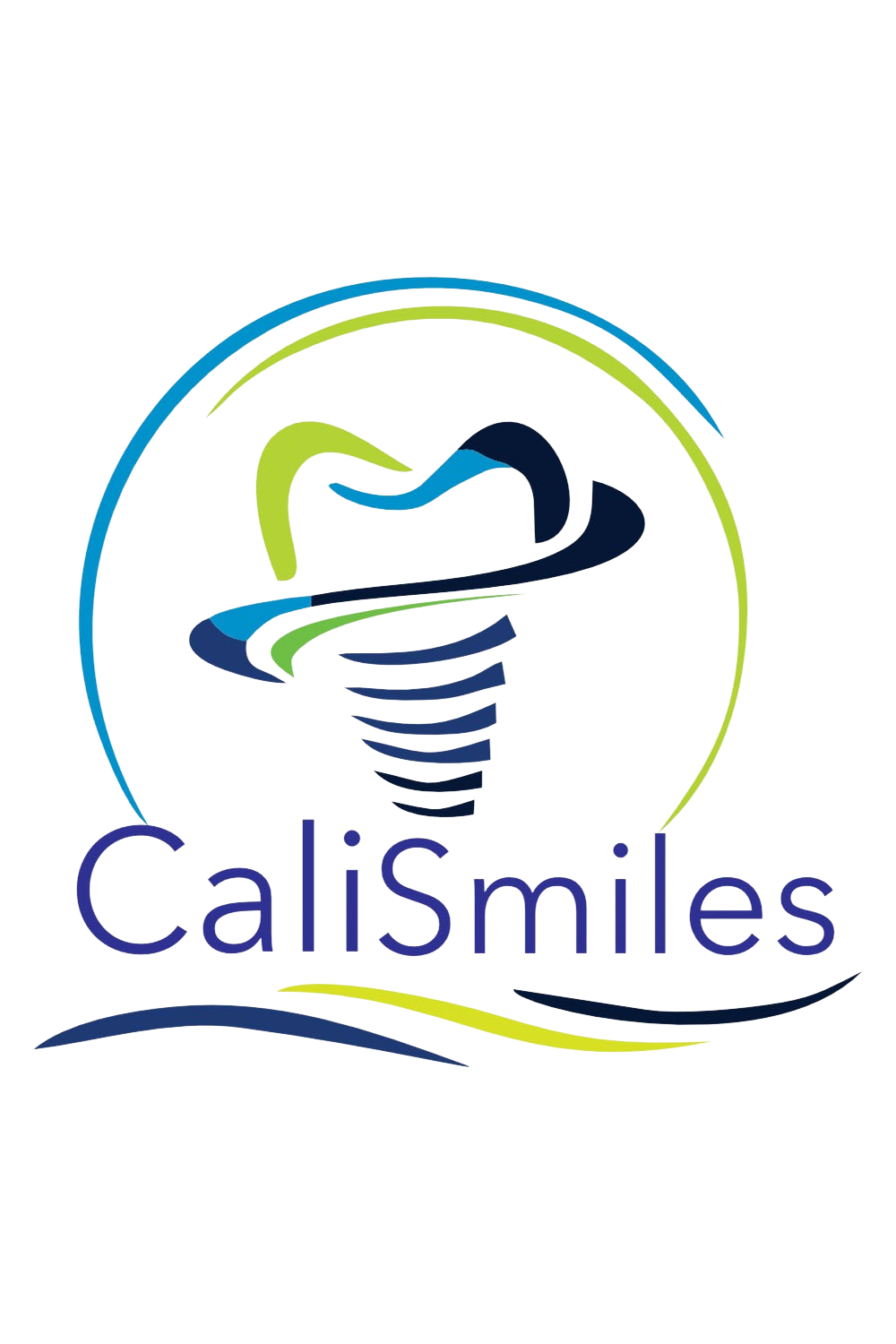Modern dentistry has come a long way in terms of dental restorations. The industry has faced numerous challenges over the years, and one of the biggest ones has been creating restorations that not only look completely natural, but also enhance the natural beauty of a patient’s smile. To achieve this, dentists need to take into account several aspects of the restoration, with the most significant being the color. Achieving the right shade for a restoration can be quite complex, incorporating key dimensions such as value, hue, chroma, and especially translucency, to ensure that the smile looks as beautiful as possible. Another important factor is the shape of the restoration. The shape determines how well it harmonizes with the surrounding teeth and facial features. Ideally, a restoration with the right dental structure accentuates the balance and harmony of the patient’s smile, bringing out its full potential. Ultimately, the goal of modern dentistry is to achieve the most natural-looking and radiant smile for all patients.
We offer personalized esthetic consultations with our skilled professional, Dr. Samuel, who will work with you to achieve your desired esthetic goals. During the consultation, you can freely discuss your goals and concerns, and together, create a personalized treatment plan. Our hands-on approach allows Sam to choose the right materials and assess nuances for the most stunning and satisfying restorations. Don’t settle for low-quality or vague instructions—let us help you achieve a beautiful and natural-looking outcome.


When it comes to developing a comprehensive treatment plan, one of the most crucial stages is the creation of a detailed wax-up. This process involves creating a physical representation of the desired esthetic and functional outcome based on the patient’s unique requirements. The wax-up serves as the foundation for all subsequent stages of treatment and is used to guide the development of various surgical and restorative procedures. In practical terms, the wax-up allows clinicians to create guides, stents, templates, and matrixes that can be used throughout the treatment process to aid in the fabrication of crowns, veneers, and other restorations. Without a thorough diagnostic wax-up, it would be impossible to achieve optimal patient outcomes, and the treatment plan would be far more risky and unpredictable. Thus, the wax-up truly is the cornerstone of effective dental treatment planning.

A diagnostic wax-up is a crucial tool that helps dental clinicians communicate their vision to dental technicians about the desired outcome of a treatment. For the diagnostic wax-up to be effective, the clinician needs to clearly communicate their needs and expectations on the laboratory prescription form, so the technician understands precisely what is needed. The laboratory’s responsibility is to establish the tooth position, shape, alignment, inclination, and occlusal scheme accurately based on clinician instructions. It is essential not to rely solely on the technician’s interpretation of minimal clinical information, as this can lead to misunderstandings and cause differing expectations from the clinician and the patient. Therefore, it is crucial to ensure that the instructions given are specific and clear. This way, the diagnostic wax-up will accurately represent the final outcome of the treatment and meet the patient’s and clinician’s expectations.
A diagnostic wax-up (DWU) is vital in esthetic dentistry. It involves creating a model of the teeth and reshaping them with wax to achieve the desired esthetic result. It helps dentists evaluate the treatment plan’s feasibility and lets patients preview the outcome. A DWU also avoids unexpected changes, reduces complications, and ensures successful results.

